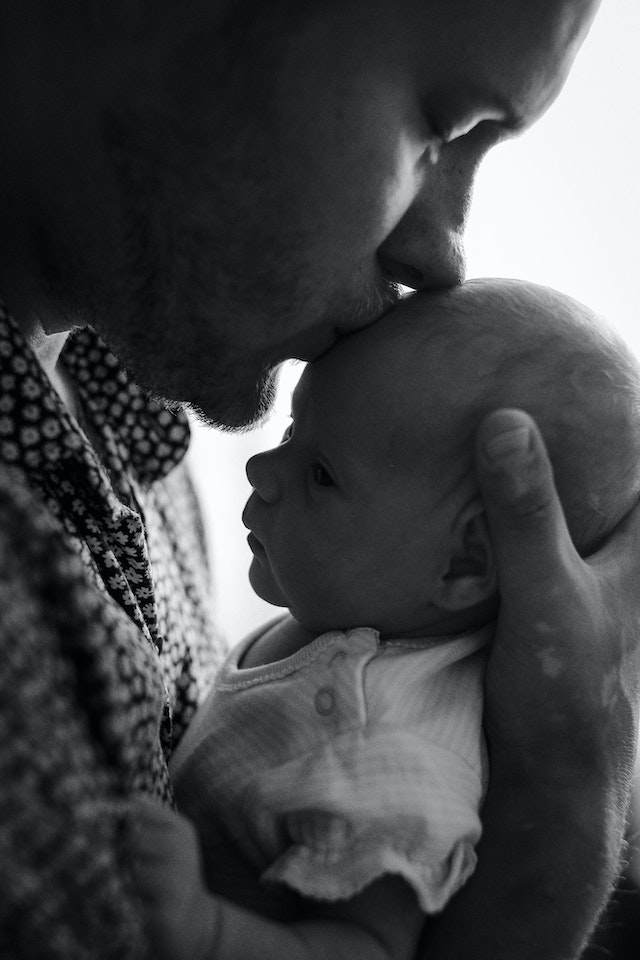Introduction:
Monsoon season brings relief from the scorching heat, but it also ushers in a host of
health concerns, especially for babies and children.
The increased humidity and stagnant water during this time create a breeding ground
for various diseases.
As a parent, it is crucial to be aware of the common monsoon diseases that can affect
your little ones and take necessary precautions to keep them safe.
In this article, we will discuss ten such illnesses and provide valuable insights for a
healthier monsoon season for your children.
Dengue Fever:
Dengue fever is a viral infection transmitted by mosquitoes.
Monsoon season provides ideal conditions for mosquito breeding.
Symptoms of dengue fever include high fever, severe headache, joint pain, and rash.
It is essential to keep your child protected from mosquito bites by using mosquito nets,
repellents, and wearing long-sleeved clothing.
Malaria:
Similar to dengue, malaria is also transmitted through mosquito bites.
It can cause high fever, chills, body aches, and fatigue.
Avoiding stagnant water, using mosquito nets, and applying mosquito repellents are
effective preventive measures.
Chikungunya:
Chikungunya is another mosquito-borne disease that causes fever, joint pain,
muscle pain, and rashes.
Keeping your surroundings clean, using mosquito repellents, and wearing protective
clothing can help reduce the risk of infection.
Viral Respiratory Infections:
Monsoon season is notorious for viral respiratory infections like the common cold, flu,
and bronchitis.
These infections spread easily through droplets in the air.
Frequent handwashing, maintaining personal hygiene, and avoiding close contact
with infected individuals can
lower the chances of contracting these illnesses.
Gastrointestinal Infections:
Waterborne diseases like cholera, typhoid, and gastroenteritis are common during the
monsoon.
Contaminated water and unhygienic food practices contribute to the spread of these
infections.
Ensure your child consumes safe drinking water, eats freshly cooked food, and maintains
good hand hygiene.
Hand, Foot, and Mouth Disease (HFMD):
HFMD is a viral infection commonly seen in children during the monsoon.
It causes fever, sores in the mouth, and rashes on the hands and feet.
Practicing good personal hygiene, avoiding close contact with infected individuals,
and disinfecting toys and surfaces can help prevent its spread.
Conjunctivitis:
Also known as pink eye, conjunctivitis is an inflammation of the outer layer of the eye
and inner surface of the eyelids.
It can be caused by viruses, bacteria, or allergens.
Maintaining proper hand hygiene, avoiding touching the eyes, and not sharing personal
items like towels can minimize the risk of infection.
Fungal Infections:
Fungal infections like ringworm, athlete’s foot, and diaper rash tend to be more prevalent
during the monsoon due to the increased humidity.
Keeping the skin clean and dry, wearing breathable clothing, and using antifungal powders
can help prevent these infections.
Leptospirosis:
Leptospirosis is a bacterial infection transmitted through contact with water contaminated
with animal urine.
Symptoms include high fever, headache, muscle pain, and vomiting.
Avoiding contact with stagnant water and wearing protective footwear can reduce the risk
of infection.
Allergies:
Monsoon season may trigger allergies due to increased moisture and the presence of
allergens like mold and pollen.
If your child is prone to allergies, keep the living spaces well-ventilated, regularly clean
and vacuum the house, and avoid exposure to known allergens.
Conclusion:
As a responsible parent, staying informed about common monsoon diseases that affect
babies and children is crucial for their well-being.
By taking preventive measures such as maintaining personal hygiene, using mosquito
repellents, ensuring safe drinking water, and keeping living spaces clean, you can protect
your child from these illnesses.
Consult a healthcare professional if your child exhibits any symptoms, and follow their
advice for prompt treatment and care.
Together, let’s make this monsoon season a healthy and enjoyable time for your little ones.











